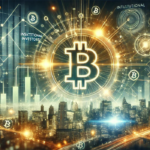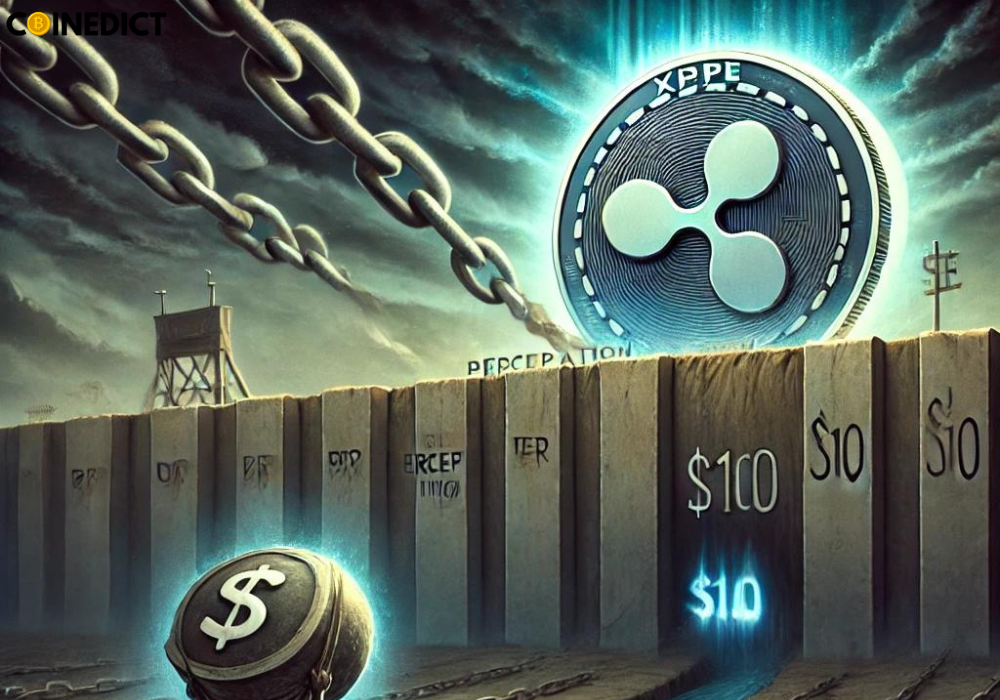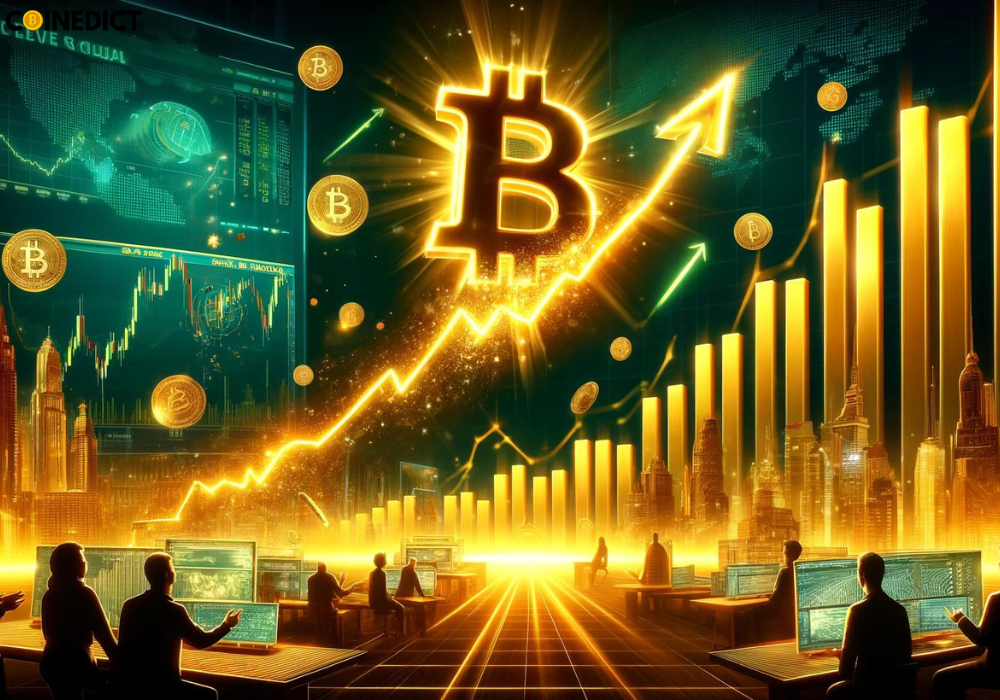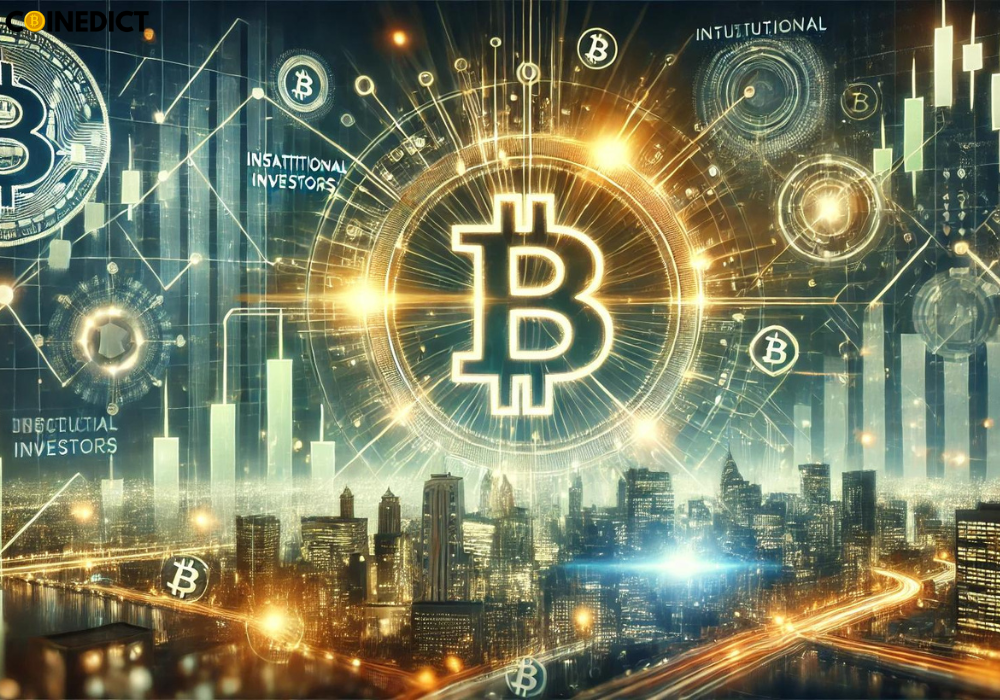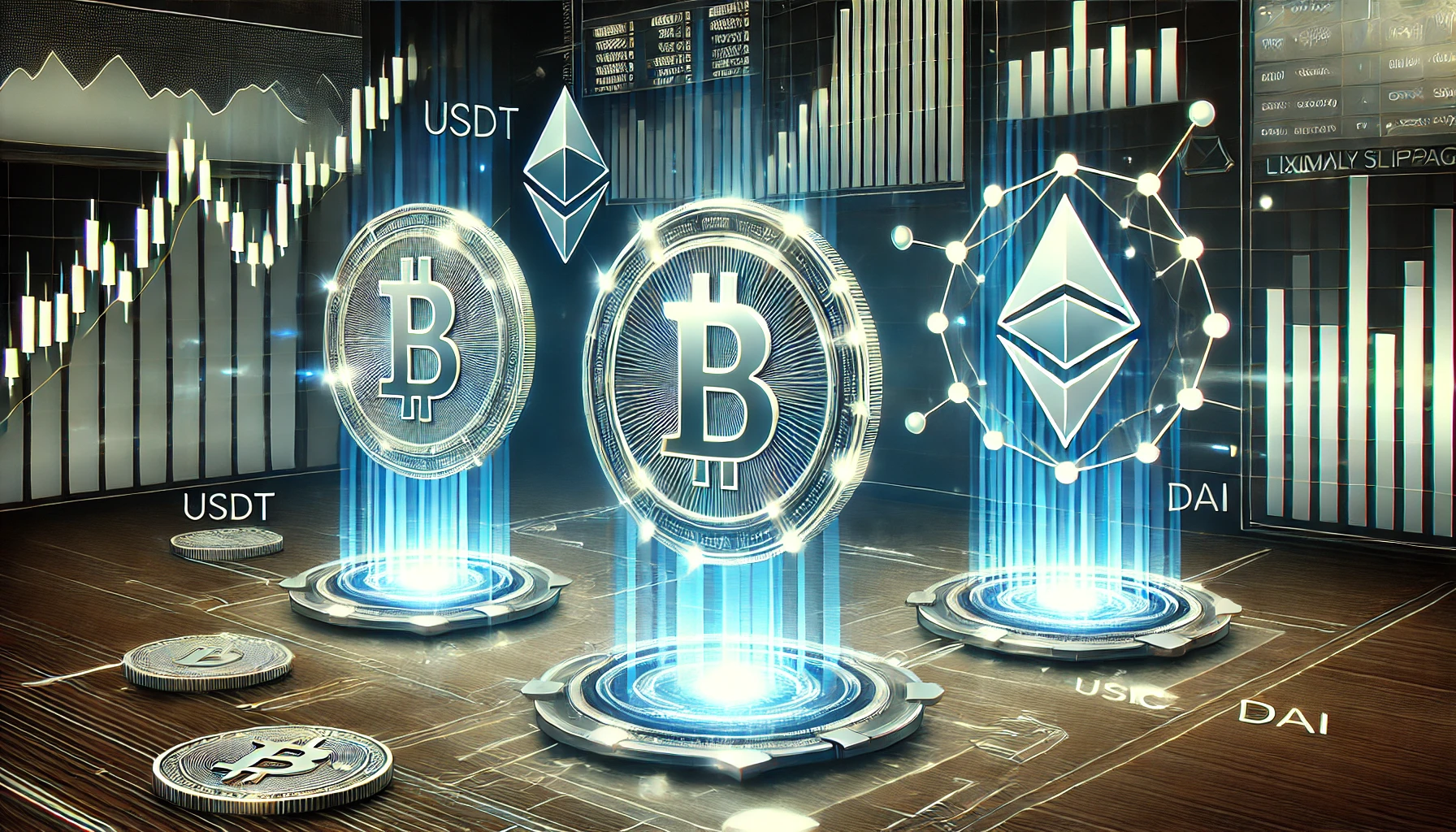In recent years, XRP has remained a focal point of discussion within the cryptocurrency community. Despite its significant role in cross-border payments and blockchain technology, XRP has struggled to gain the kind of price momentum that many had hoped for. While many attribute the price struggle to Ripple’s ongoing legal battle with the United States Securities and Exchange Commission (SEC), a prominent crypto analyst has put forth a different explanation.
According to the analyst, XRP’s price woes go beyond its legal entanglements with the SEC. Instead, he believes that the root cause lies in the negative perception that XRP has acquired within the broader investor and crypto community.
Ripple vs SEC: Not the Core Issue?
Ripple’s legal battle with the SEC has certainly weighed on XRP’s price. The lawsuit, which accuses Ripple of selling unregistered securities in the form of XRP tokens, has caused significant uncertainty around the asset’s regulatory status. Investors fear that if the SEC’s claims are upheld, XRP could face severe restrictions in the U.S. market, or worse, be classified as a security. This has made it a less attractive asset for some investors.
However, the analyst argues that the SEC lawsuit is not the primary reason XRP has struggled to break past key price levels, such as the much-anticipated $100 mark. While the lawsuit has undoubtedly created temporary price pressure, the analyst points to a more deep-seated issue: the negative perception surrounding XRP among crypto enthusiasts and the wider investment community.
Negative Perception: The Bigger Obstacle
According to the analyst, XRP’s struggle to gain upward price momentum is largely driven by a perception problem. While Bitcoin (BTC) and Ethereum (ETH) are widely viewed as decentralized, community-driven projects, XRP is often criticized for being too centralized and heavily controlled by Ripple Labs.
This centralization concern has led many crypto purists to question whether XRP aligns with the decentralized ethos of the broader cryptocurrency space. Furthermore, there has been longstanding debate about Ripple’s large holdings of XRP, with critics claiming that Ripple’s ability to release and sell XRP from its escrow accounts creates an oversupply risk. This perception has contributed to the belief that XRP’s price is artificially suppressed.
In addition to the centralization issue, communication challenges and marketing missteps from Ripple have added to the negativity. Ripple’s strong association with traditional financial institutions, banks, and centralized payment systems has alienated some investors who prefer more decentralized and peer-to-peer financial alternatives.
The Importance of Investor Sentiment
Investor sentiment plays a significant role in the price movements of any cryptocurrency. In XRP’s case, the analyst argues that sentiment has been consistently negative due to the lingering perception that XRP is not a true cryptocurrency, but rather a tool for banks and centralized systems. This perception issue has overshadowed XRP’s technological strengths, such as its speed, low transaction costs, and focus on cross-border payments.
Unlike Bitcoin, which is viewed as a store of value and Ethereum, which powers the vast majority of decentralized applications (dApps) and decentralized finance (DeFi), XRP’s utility has largely been tied to the traditional financial sector. While this could be viewed as an advantage in the long term, the analyst believes it has limited XRP’s appeal to a broader audience.
The Path to $100: Can XRP Overcome Its Perception Problem?
For XRP to reach the $100 mark, the analyst argues that it will need to do more than just win its legal battle with the SEC. Ripple will need to shift the narrative around XRP and address the concerns of centralization and oversupply. This could be achieved through better communication, more transparent practices around XRP releases, and a focus on decentralizing aspects of the project.
Additionally, Ripple and the XRP community may need to engage in rebranding efforts to distance themselves from some of the negative associations tied to traditional finance. Highlighting XRP’s real-world use cases, such as its role in facilitating fast and cost-effective cross-border payments, could help reposition the asset in a more positive light.
Conclusion
While the ongoing SEC lawsuit against Ripple is often cited as the primary reason for XRP’s price struggles, the analyst’s perspective sheds light on the deeper perception problem that XRP faces within the cryptocurrency community. To break through major price milestones, including the much-discussed $100 level, XRP may need to address its image and centralization concerns.
Only time will tell whether Ripple’s efforts to reshape its image will bear fruit, but it’s clear that overcoming the sentiment barrier is just as crucial as resolving its legal battles.



